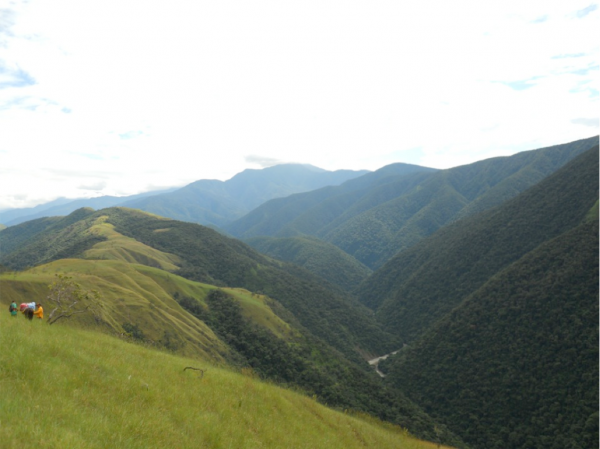EEB Special Seminar: Dominance patterns of woody plants in the Madidi region (Bolivian Amazon and Andes)
Gabriel Arellano, Smithsonian Tropical Research Institute
The study of commonness patterns that include both local abundances and spatial distributions is a promising field for the floristic description of tropical forests. A major advance at this regard was the Oligarchy Hypothesis, which states that the same set of common species ('oligarchic species') dominates in different sites in tropical forests. This hypothesis places the focus of attention on the common components of these highly diverse systems, instead of on the rarity of most of its species. The seminar describes the hypothesis and the results of some research conducted in the Madidi region (Bolivia), one of the longest forested gradients in the world. The results indicate that regional connectivity and dispersal are important for oligarchic patterns. Although niche-based processes could shape oligarchies in the Amazon, maybe they are not so important in other systems like the Andean forests. Overall, the elevational gradient has a great impact on the extent at which oligarchic patterns can be detected, as well as on the extent of the dominance of the oligarchic species in those systems.
Light refreshments served at 4 p.m.
Light refreshments served at 4 p.m.
| Building: | Chemistry Dow Lab |
|---|---|
| Website: | |
| Event Type: | Workshop / Seminar |
| Tags: | Biology, Discussion, Ecology, Research, Science |
| Source: | Happening @ Michigan from Ecology and Evolutionary Biology, EEB Thursday Seminars |


